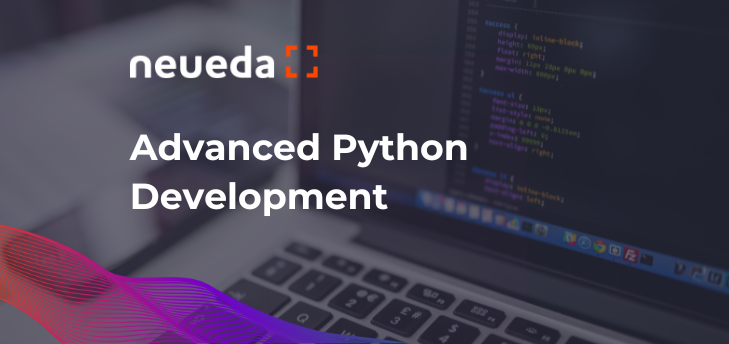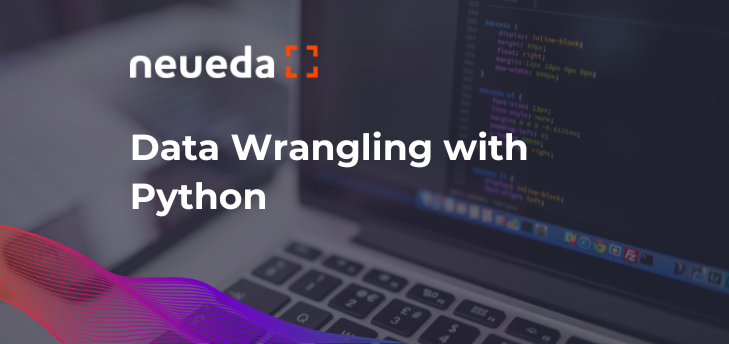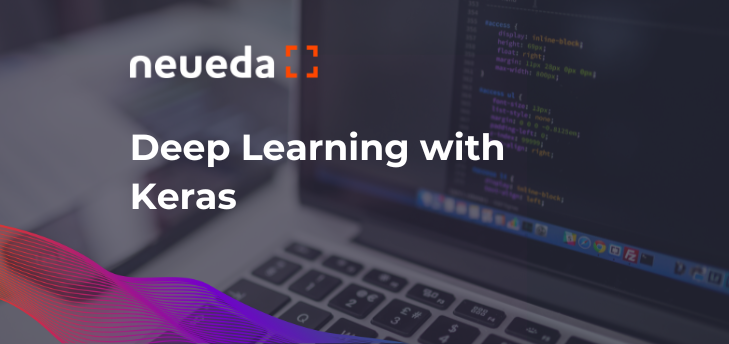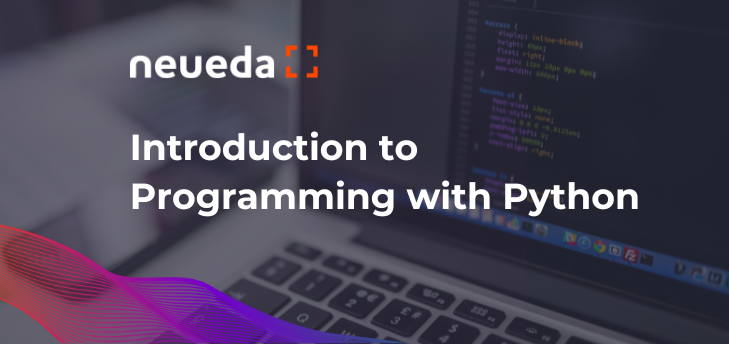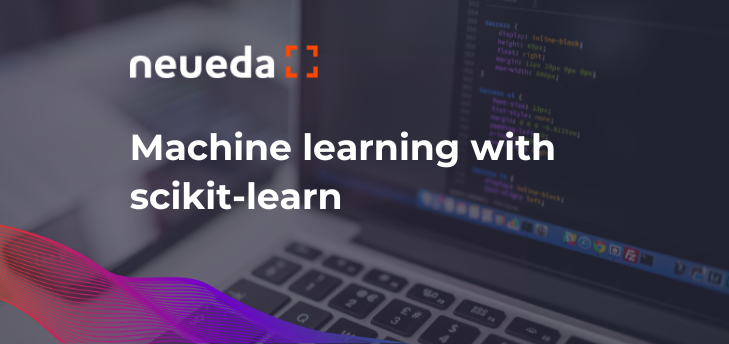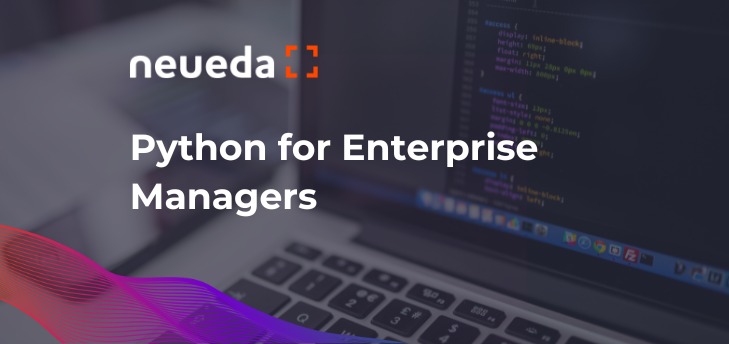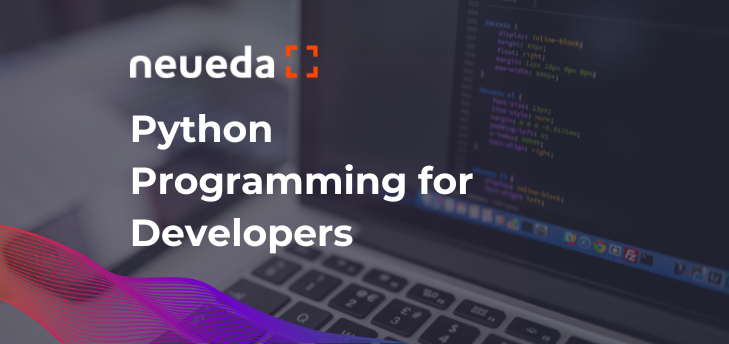
Course
Python For Finance Professionals
Develop proficiency in employing advanced Python programming techniques for financial modelling, analysis, and risk management. Gain expertise in modelling and measuring market risk and credit risk using Python, covering key concepts and techniques. Learn to model and analyse options using Python, including option pricing models and strategies. Understand and apply regression and logistic regression analysis for financial modelling and decision-making. Compare and contrast Python with Excel for model calibration, exploring the advantages and limitations of each.
Duration: 3 days
Who is it for: Anyone involved in the following types of roles, functions and departments. Capital Markets, Research, Advanced Operations, Front and Back Office
Layout: This is an intense, fast paced course containing a lot of theory and modelling content, pdfs and coding exercises.
Modules
Finance Essentials using Python
- Understand more advanced pandas and numpy features suitable for financial analysis.
- Use log returns to calculate returns on a position.
- Calculate exponentially weighted moving averages, covariances, correlation.
- Measure code performance.
- Built interactive plots using plotly.
Modelling and Viewing Options
- Price options using Black-Scholes.
- Combine options to create strategies and visualise their payoffs.
Monte Carlo Simulation
- Understanding Monte Carlo simulation for financial modelling.
- Implementation of Monte Carlo simulations using Python.
- Calculate Value-At-Risk and Options prices using Monte Carlo simulation.
- Use Just-In-Time processing to improve Monte Carlo efficiency.
Interest Rate Models
- Mean reversion theory.
- Perform Vasicek Model Calibration using Excel.
- Perform Vasicek Model Calibration using Python.
Market Risk Modelling
- Understand the trade-off between risk and reward.
- Implement the Capital Asset Pricing Model in Python.
- Calculate and plot the efficient frontier.
- Optimise a portfolio.
- Calculate metrics such as alpha, beta, sharpe, sortino etc.
- Back Test a Trading Strategy.
- Implement Advanced Trading Strategies – StatArb, ARMA.
Credit Risk Modelling
- Know what is meant by credit risk and be aware of an institutions regulatory requirements.
- Be able to prepare data for credit risk modelling.
- Use logistic and linear regression techniques to calculate Probability of Default, Loss Given Default and Exposure at Default.
- Create a Rate card for a Probability of Default Model.
Introductory Financial Econometrics
- Learn how to use the statsmodels and scipy packages to build and implement advanced statistical qualitative and quantitative models.
- Implement Simple Linear and Multiple Linear Regression models.
- Be able to impellent a polynomial regression model.
- Perform advanced time series modelling.
- Perform one tailed and two tailed hypothesis testing.
Enquire about this course
"*" indicates required fields
